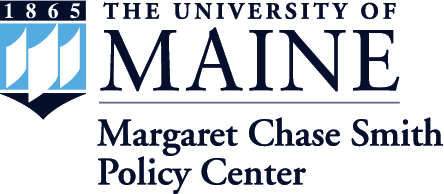Abstract
Natural mushroom mycelium-based MycoBuoys are an alternative to ubiquitous plastic flotation devices used in Maine aquaculture, fisheries and harbors. They fit perfectly into a circular economic model where natural resources are borrowed for a specific purpose and are returned as elements at the end of product life. MycoBuoys may be composted or used as mulch where 100% of the material enhances soil nutrients upon decomposition. In contrast to this cradle-to-cradle product, currently ubiquitous Stryofoam buoys have expensive end life costs in terms of ecosystem and organismal health consequences. Styrene is a known carcinogen, and the foam particles degrade into smaller fragments, but never go away. With the end of subsidies for fossil fuels (necessary to reach climate resilient goals), and with extended producer responsibility (EPR) for all manufactured products, plastic foams used for buoys will no longer be economically or environmentally feasible.
First page
184
Last page
186
Rights and Access Note
This Item is protected by copyright and/or related rights. You are free to use this Item in any way that is permitted by the copyright and related rights legislation that applies to your use. In addition, no permission is required from the rights-holder(s) for non-commercial uses. For other uses you need to obtain permission from the rights-holder(s).
DOI
https://doi.org/10.53558/NNZP6771
Recommended Citation
Van Hook, Sue S. . "Reducing Plastic Pollution in the Ocean: MycoBuoys as a Potential Solution." Maine Policy Review 32.2 (2023) : 184 -186, https://digitalcommons.library.umaine.edu/mpr/vol32/iss2/31.
Creative Commons License

This work is licensed under a Creative Commons Attribution-NonCommercial-No Derivative Works 4.0 International License.
Included in
Agribusiness Commons, Biotechnology Commons, Environmental Public Health Commons, Marine Biology Commons, Strategic Management Policy Commons
